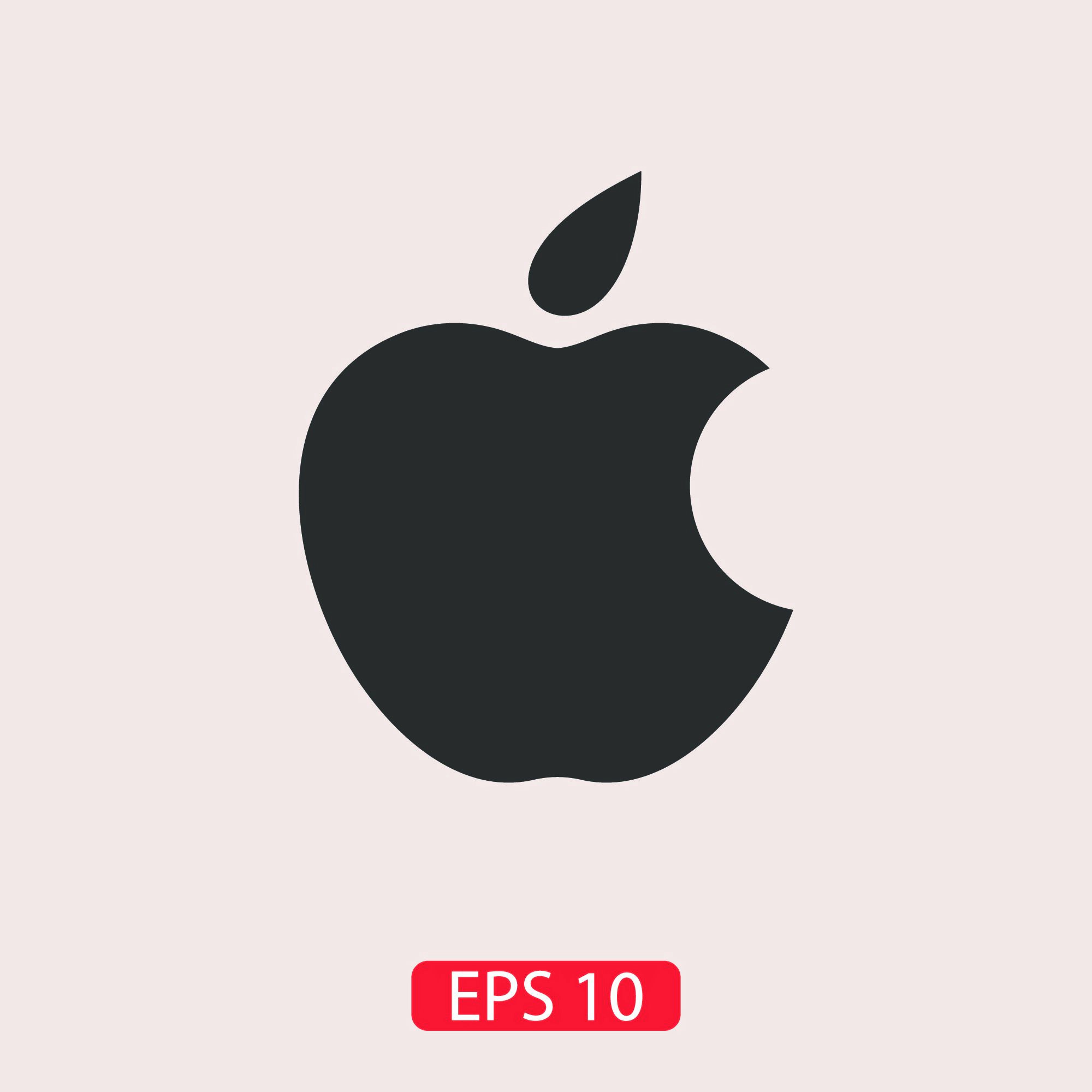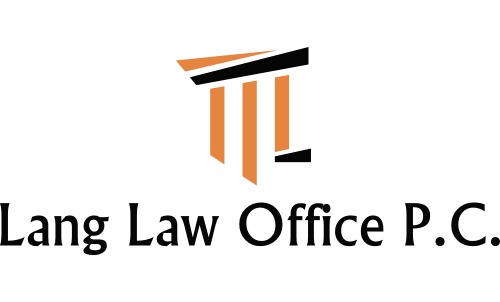
Most major card issuers, such as Chase, American Express, Capital One and Wells Fargo, send out prescreened offers. Not only that, but they may send them out for a variety of cards, ranging from no annual fee cards like the Wells Fargo Reflect® Card to travel rewards and premium credit cards. CNBC Select explains why you might receive credit card offers in the mail, how they might affect purchase discounts debit or credit you and how to opt out should you wish. The net amount is not mentioned earlier on in the analysis because it is still not confirmed if the company will be able to pay the dues in time to be able to avail of the cash discount. The incentive to the buyer of purchase discount is that the purchase costs decrease, and the business can save a considerable amount on procurement costs.
The format that has been mentioned above means that the buyer of goods and services can avail of a discount of 5% if he settles the amount within 10 days. The editorial content on this page is based solely on objective, independent assessments by our writers and is not influenced by advertising or partnerships. However, we may receive compensation when you click on links to products or services offered by our partners. If you’re unable to pay down the balance before the intro period ends, the balance will start to accrue interest at the card’s variable interest rate. When you’re able to avoid paying interest charges, you’ll not only save money, but you’ll receive what is essentially an interest-free loan.
Recording the Purchase of Merchandise Inventory (Perpetual)
Note that these entries also cause the Income Summary account to be reduced by the cost of sales amount (beginning inventory + net purchases – ending inventory). These closing entries are a bit more complex than that from the earlier chapter. In particular, note that the closing includes all of the new accounts like purchases, discounts, etc. It may be confusing to see Inventory being debited and credited in the closing process.
Get $100 Cash Back From Target With New RedCard Offer – Kiplinger’s Personal Finance
Get $100 Cash Back From Target With New RedCard Offer.
Posted: Tue, 19 Sep 2023 12:02:55 GMT [source]
The following presentation begins with a close examination of the periodic system. Purchase Discount refers to the discount that the buyer avails of the goods to settle a particular debt earlier than the actual settlement date. During the normal course of the business, it is highly likely that businesses might procure certain goods or services on credit. When you use your credit card to make a purchase, you’re incurring interest on your charges based on your account’s average daily balance.
The pros and cons of each method
This purchase discount of $60 will be offset with the purchase account and be cleared to zero at the end of the accounting period. For example, on October 28, 2020, the company ABC Ltd. receives a discount of 2% on the $3,000 amount due when it makes a cash payment to its supplier on the last day of the discount period. And the “2/10 N/30” on the invoice means that the due date for the credit purchase is 30 days. However, if the customers pay within 10 days, they will receive a 2% discount on the purchase amount. And of course, there is another type of discount that is given upon purchase which is known as a trade discount.
When businesses offer purchase discounts, it boosts customer morale, encourages repeat purchases, and helps increase overall sales. A discount allowed is when the seller of goods or services grants a payment discount to a buyer. It may also apply to discounted purchases of specific goods that the seller is trying to eliminate from stock, perhaps to make way for new models. This journal entry is made when we receive the cash discount after making the cash payment for the credit purchase that we have made within the discount period that is given.
Journal entry for discount received on purchase
A larger company will usually have an automated payment system where checks are scheduled to process concurrent with invoice discount dates. This means the buyer can get an additional two percent discount if he pays for the goods in full within the first 10 days after the order was made. If the purchaser doesn’t pay for the goods in the first 10 days, the entire purchase price must be paid in 30 days.
- The downside of course is that the business must make payment earlier (10 days instead of 30 days in the above example) and will lose the use of the cash for an extra 20 days.
- On the other hand, the seller’s incentive to offer discounts is simply the fact that he is going to receive the total amount much earlier than the requested date.
- To close Sales, it must be debited with a corresponding credit to the income summary.
- With prescreened offers, card issuers can eliminate a large portion of the population that would not be approved for a specific card for one reason or another, and target more ideal candidates.
- The next illustration contrasts the gross and net methods for the case where the discount is lost.
It reduces the expenses or cash outflow of the company, but it could not be considered the revenues under the accounting principle. LO5 – Explain and prepare a classified multiple-step income statement for a merchandiser. The next section describes how the sale of merchandise is recorded as well as the related costs of items sold.
Let’s assume that the supplier gives companies that purchase a high volume of goods a trade discount of 30%. If a high volume company purchases $40,000 of goods, its cost will be $28,000 ($40,000 X 70%). To comply with the cost principle the company will debit Purchases (or Inventory) for $28,000 and will credit Accounts Payable for $28,000. A periodic inventory system maintains a Merchandise Inventory account but does not have a Cost of Goods Sold account. The Merchandise Inventory account is updated at the end of the accounting period as a result of a physical inventory count. In the perpetual inventory system, the Merchandise Inventory account is continuously updated and is adjusted at the end of the accounting period based on a physical inventory count.

Purchase Discounts, Returns and Allowances are contra expense accounts that carry a credit balance, which is contrary to the normal debit balance of regular expense accounts. Let’s assume Craig’s Retail Outlet purchase $1,000 worth of shirts from a manufacturer with credit terms of 2/10, n/30. Craig will receive a $20 discount if he makes his payment during the 10-day discount period otherwise he will owe the entire $1,000 at the end of the month.



